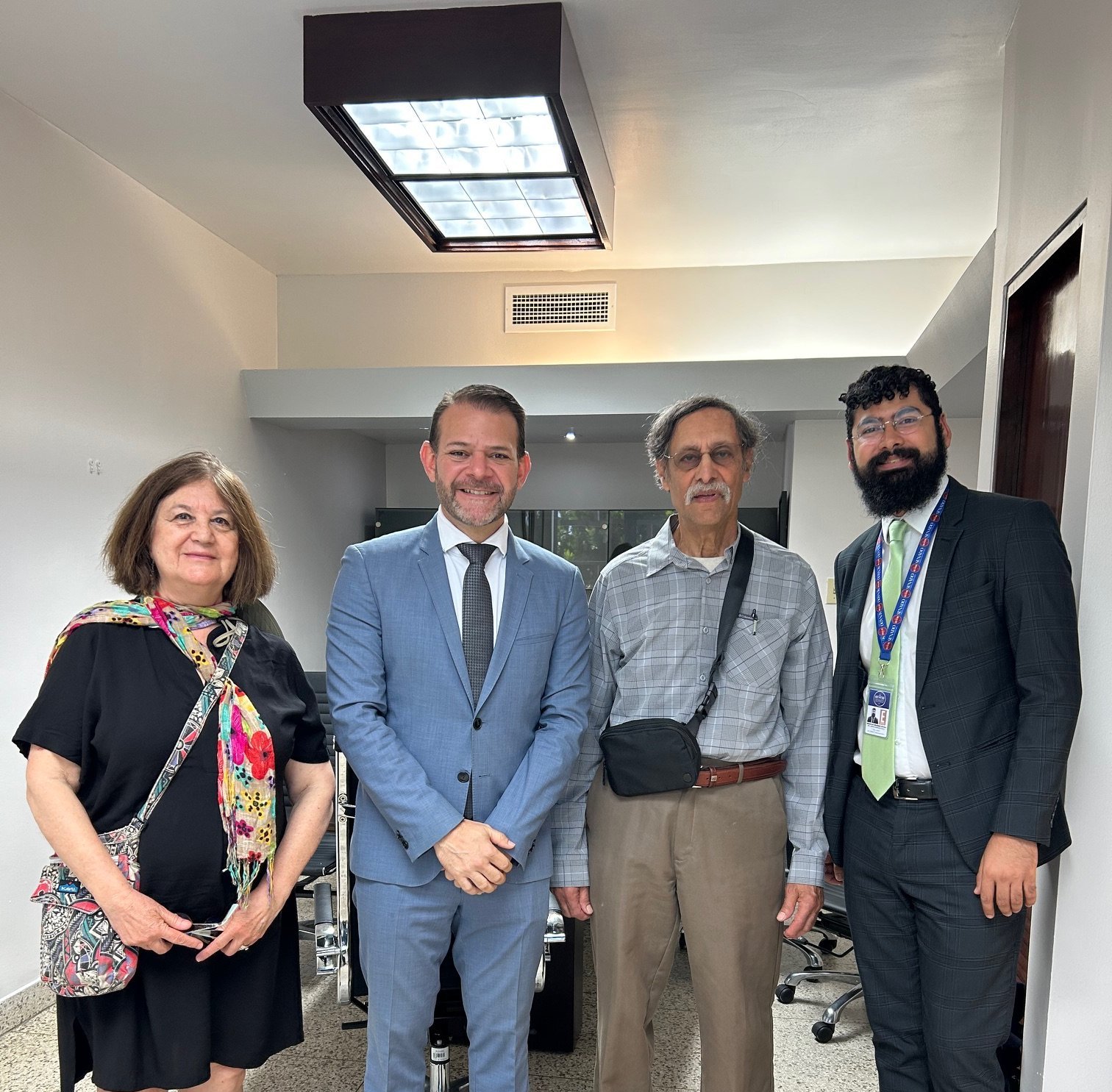
Strengthening Connections for Conservation in Puerto Rico
April 20–28, 2025 Visit by Alfredo Quarto and Monica Gutierrez-Quarto
In April 2025, MAP’s Alfredo Quarto and Monica Gutierrez-Quarto traveled to Puerto Rico to explore opportunities for collaboration on mangrove conservation, education, and restoration. The trip allowed us to meet with inspiring individuals and organizations working across the island to protect coastal ecosystems and highlighted opportunities to share our Community-Based Ecological Mangrove Restoration (CBEMR) approach and educational programs.
Jobos Bay National Estuarine Research Reserve
On April 22, we connected with Angel Dieppa at the Jobos Bay Reserve, where his team is actively engaged in estuarine and mangrove restoration. He shared insights into their ongoing habitat work, and we discussed how CBEMR could support their efforts.
Mayagüez – U.S. Fish and Wildlife Service
We met with Felix Lopez, Regional Director of USFWS, and his team, who are focused on habitat protection for endangered species like manatees, sea turtles, boas, and birds. They were very interested in MAP’s CBEMR approach as a best practice for long-term restoration and shared contacts and site suggestions, including their Cabo Rojo office.
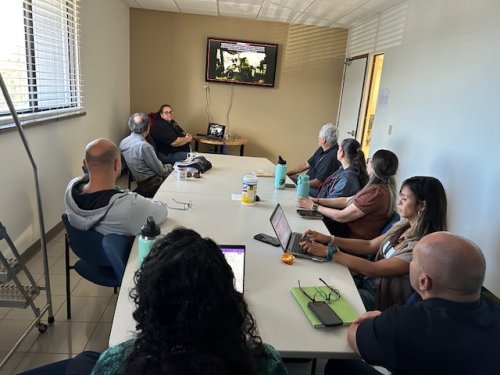
Cabo Rojo National Wildlife Refuge
On April 24, we met with Silmarie Padron and Erika Rios from USFWS’s education team at the Cabo Rojo Refuge. They were enthusiastic about partnering with MAP to bring our Coastal Education Program and Children’s Mangrove Art Calendar to Puerto Rico. They also suggested we could expand to other U.S. and British territories in the Caribbean through their networks.
That same day, we visited nearby mangrove areas around Cabo Rojo and the fishing village of La Parguera. While the fringe mangroves looked healthy, expansion was limited by development. In La Parguera, we saw signs of natural regeneration, but the narrow mangrove fringes have been heavily impacted by human settlement.
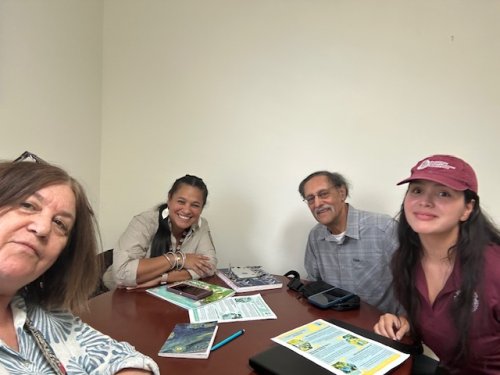
Isabela – Vida Marina Restoration Projects
On April 25, we traveled to Isabela to meet with Prof. Robert Mayer of the University of Puerto Rico–Aguadilla and Director of Vida Marina, along with team member Jose Juan Vera. They showed us their restoration work at Middles Beach and Poza de Teodoro, where they are reviving coastal dunes damaged by hurricanes Maria and Irma. Using wood slats and native plants, their work is showing real success in building storm resilience while ensuring public access.
We also visited the “Secret Spot,” a basin mangrove area cut off from tidal flows but fed by underground aquifers. This area was devastated by Hurricane Maria, which flooded the basin, toppling mangroves and trapping seawater for months. The team is working to restore this fragile ecosystem using innovative techniques inspired by Prof. Jorge Herrera’s “Dispersion Centers” from Mexico—circular structures where seedlings can establish in protected soil.
So far, over 50 of these structures have been built with three native mangrove species planted (Rhizophora, Avicennia, Laguncularia) along with buttonwood. While many seedlings appear healthy, others are struggling. Weekly watering has helped, but the team still faces challenges—including the lack of local landowner support and the threat of future storms.
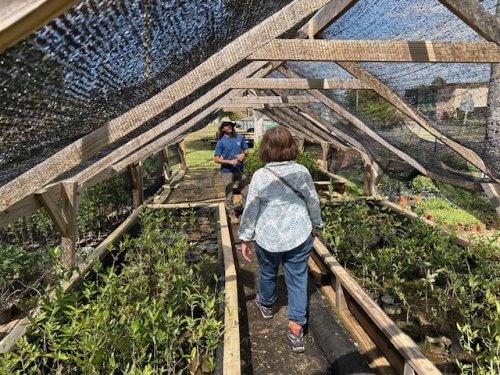
Camuy – Finca Nolla
Finally, we visited Reserva Natural de Finca Nolla in Camuy, where Hurricane Maria deposited so much sediment that original water channels were blocked. The mangroves are now cut off from the sea, creating flooded, stagnant areas and a mass die-off.
This first visit to Puerto Rico confirmed the urgent need for mangrove restoration and education, as well as the potential for MAP to support and collaborate with local efforts. We left inspired by the dedicated teams on the ground and hopeful for future partnerships to protect Puerto Rico’s vital coastal ecosystems.


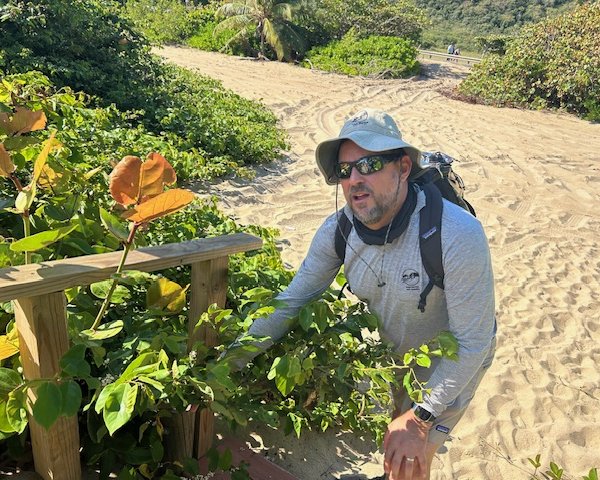
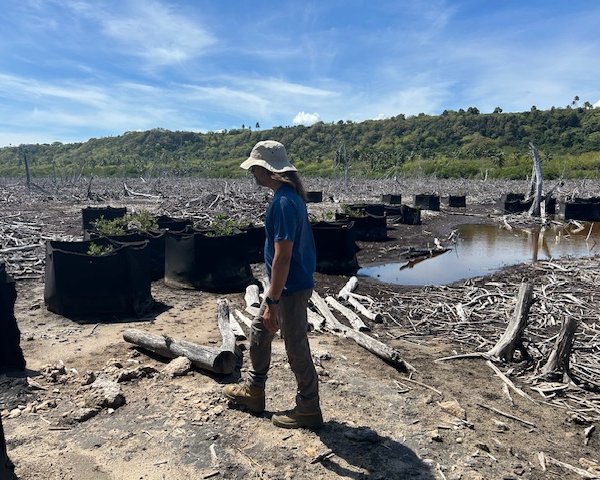
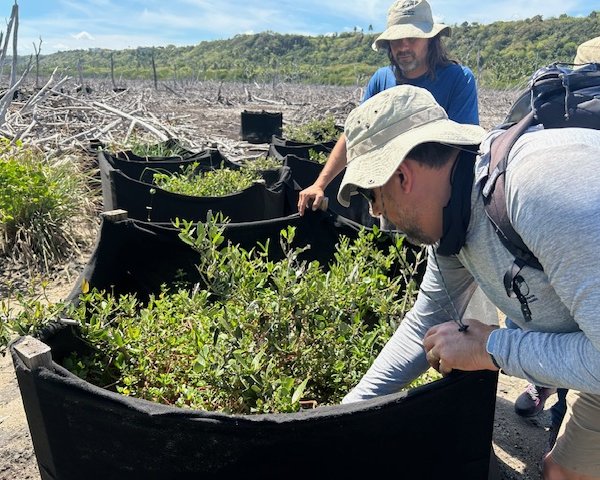
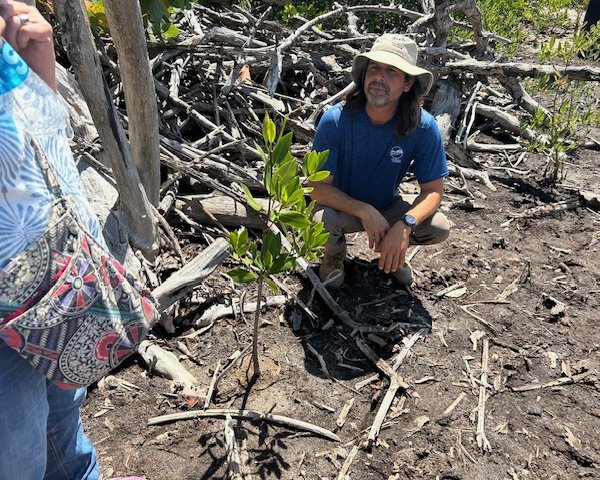
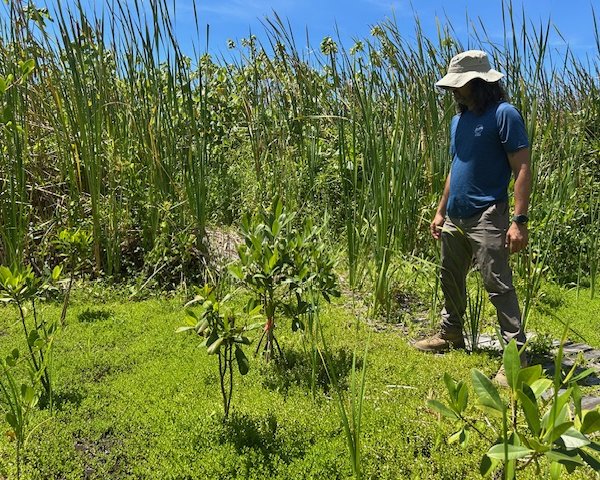
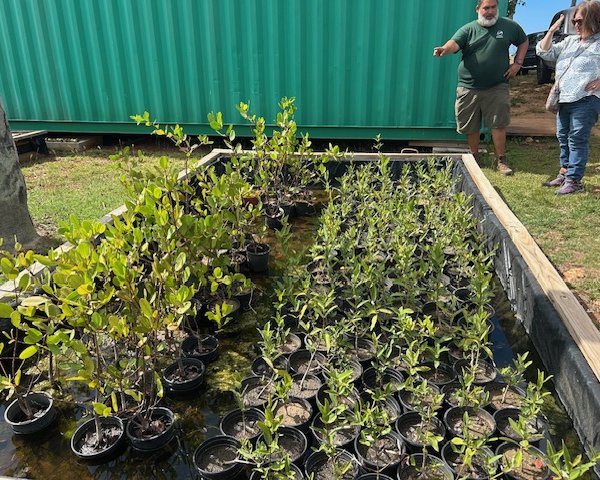
- Read more about Mangroves in Focus: A Global Photography ShowcaseBlog
Mangroves in Focus: A Global Photography Showcase
Mangrove Photography Exhibition Recap Celebrating Mangroves Through Photography Mangrove forests occupy the boundary between land and sea. They grow in…
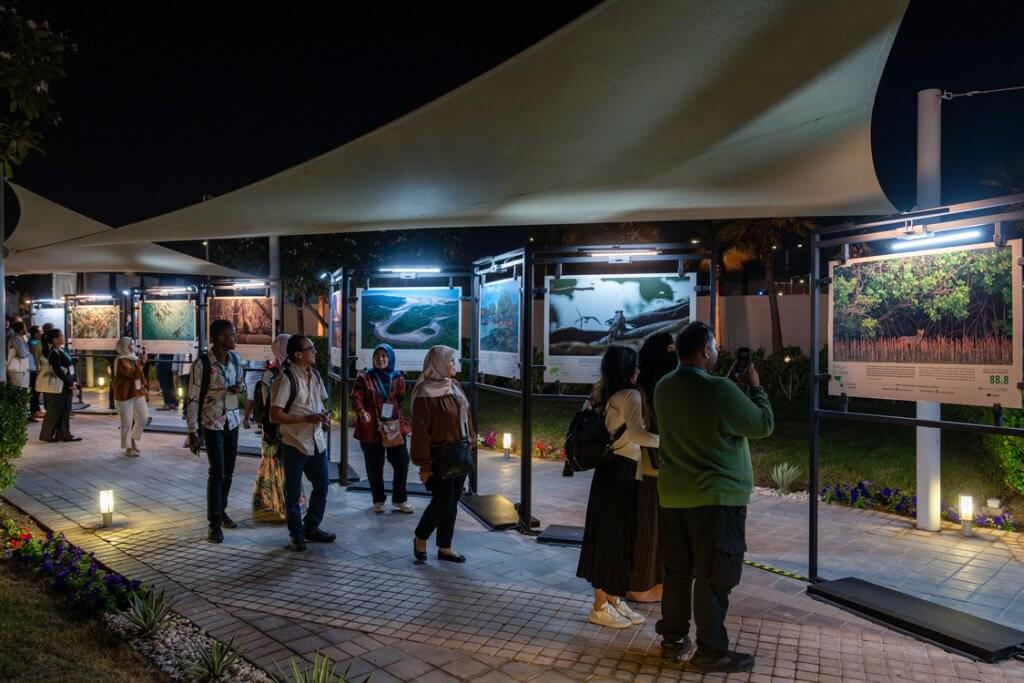
- Read more about MAP in El SalvadorBlog
MAP in El Salvador
Earlier this year, the MAP team visited the Bay of Jiquilisco to follow-up on some mangrove restoration training they provided…

- Read more about MAP in the BahamasBlog
MAP in the Bahamas
The MAP team have recently been to the Bahamas to teach two mangrove restoration workshops. The first workshop was on…

- Read more about The Wonder of MangrovesBlog
The Wonder of Mangroves
Last Updated: May 2025 Written by: Dr. Laura Michie The wonder of mangroves Next month, I’ll be heading to the…
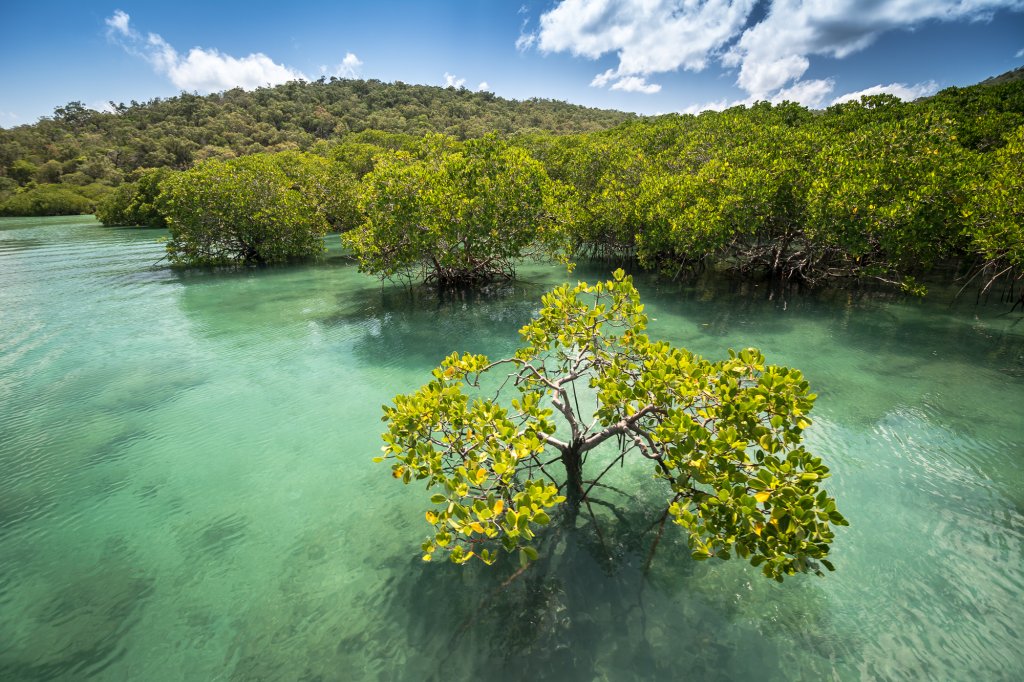
- Read more about MAP Visits the Sundarbans Mangrove ForestBlog
MAP Visits the Sundarbans Mangrove Forest
In December 2023, the MAP team visited the Sundarbans, the world's largest mangrove forest, sprawling across southern Bangladesh and eastern…

